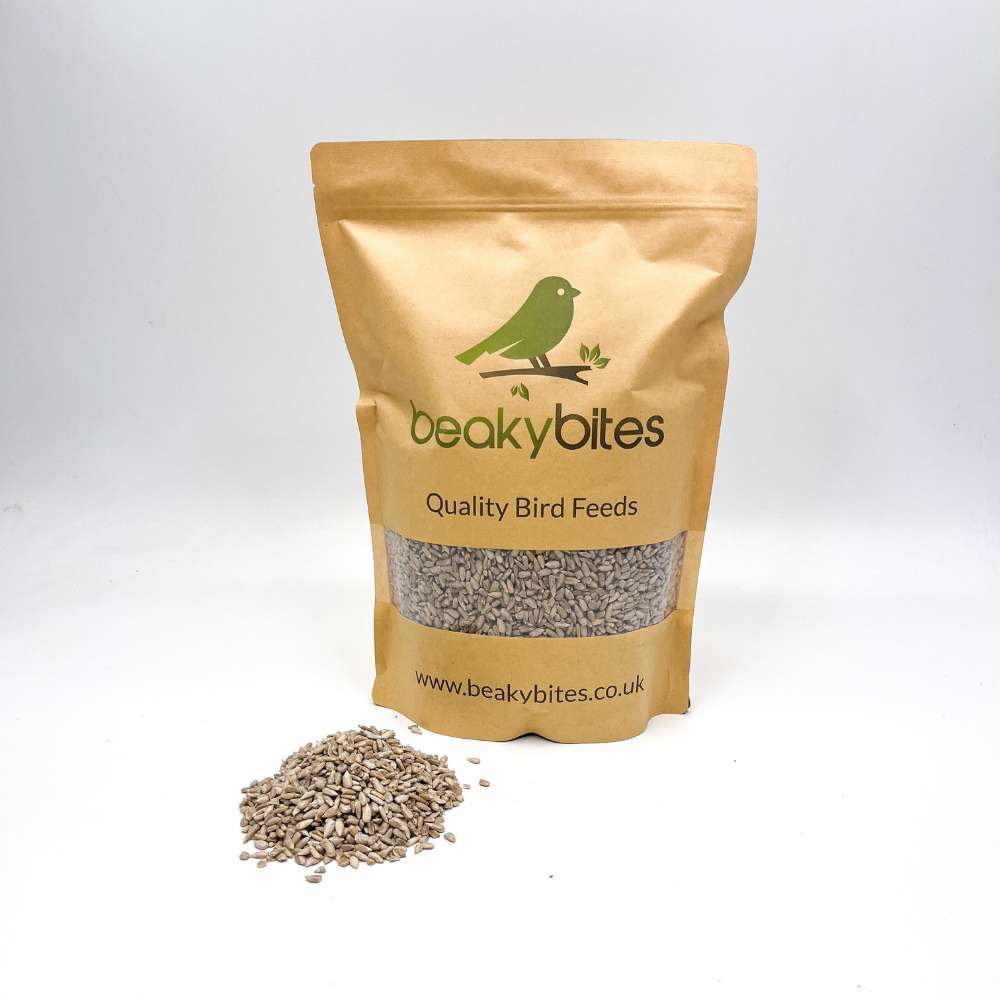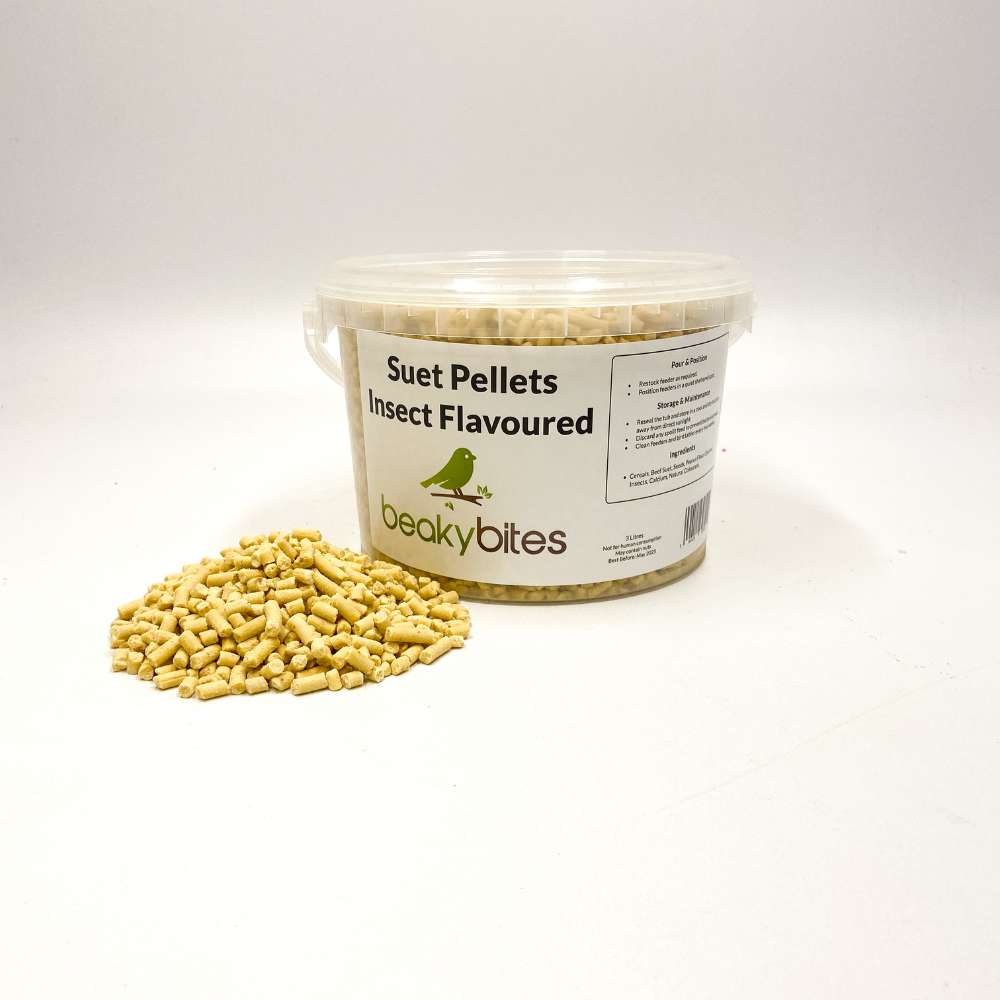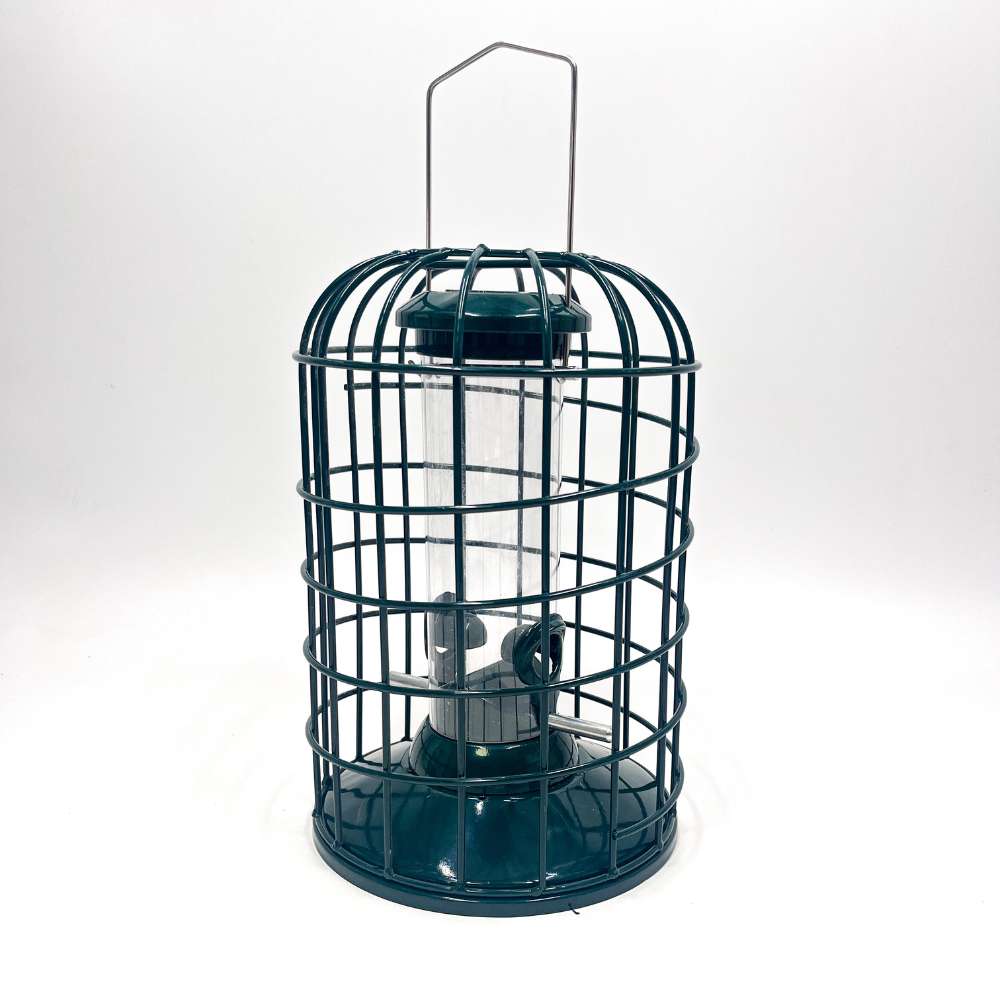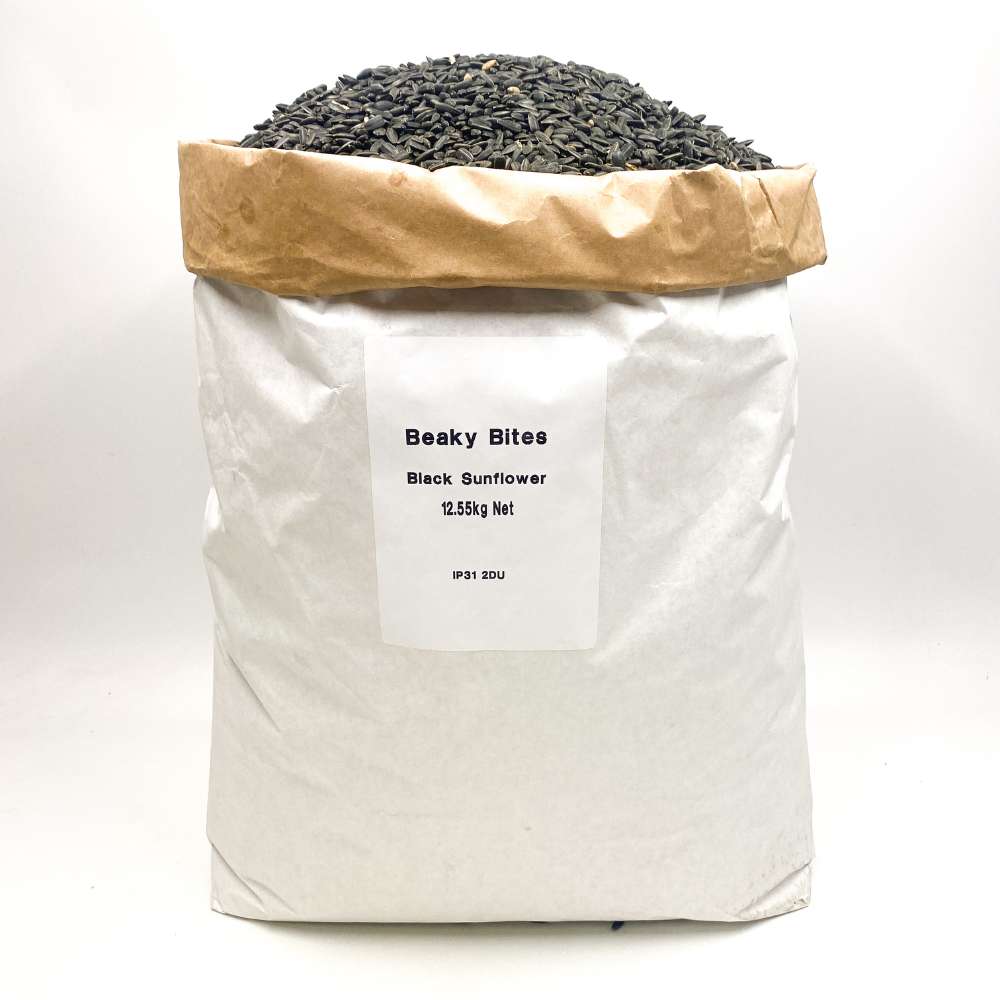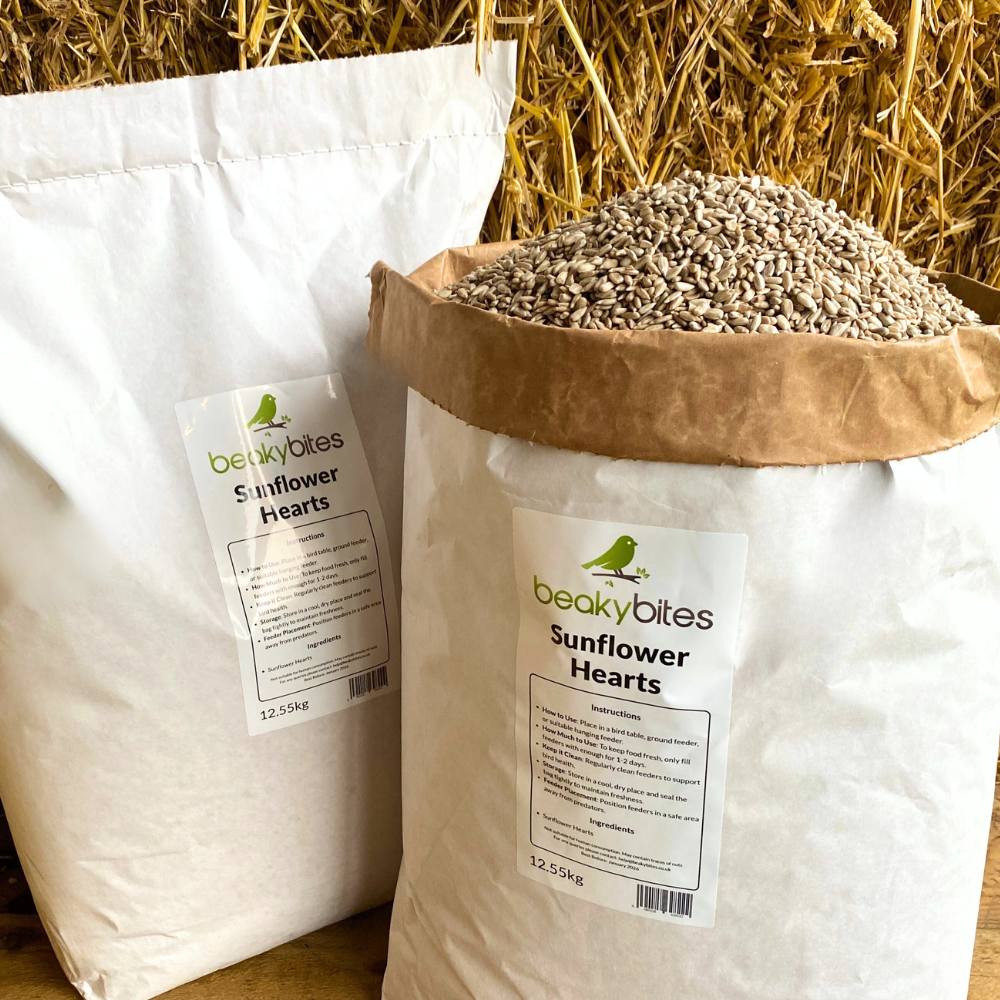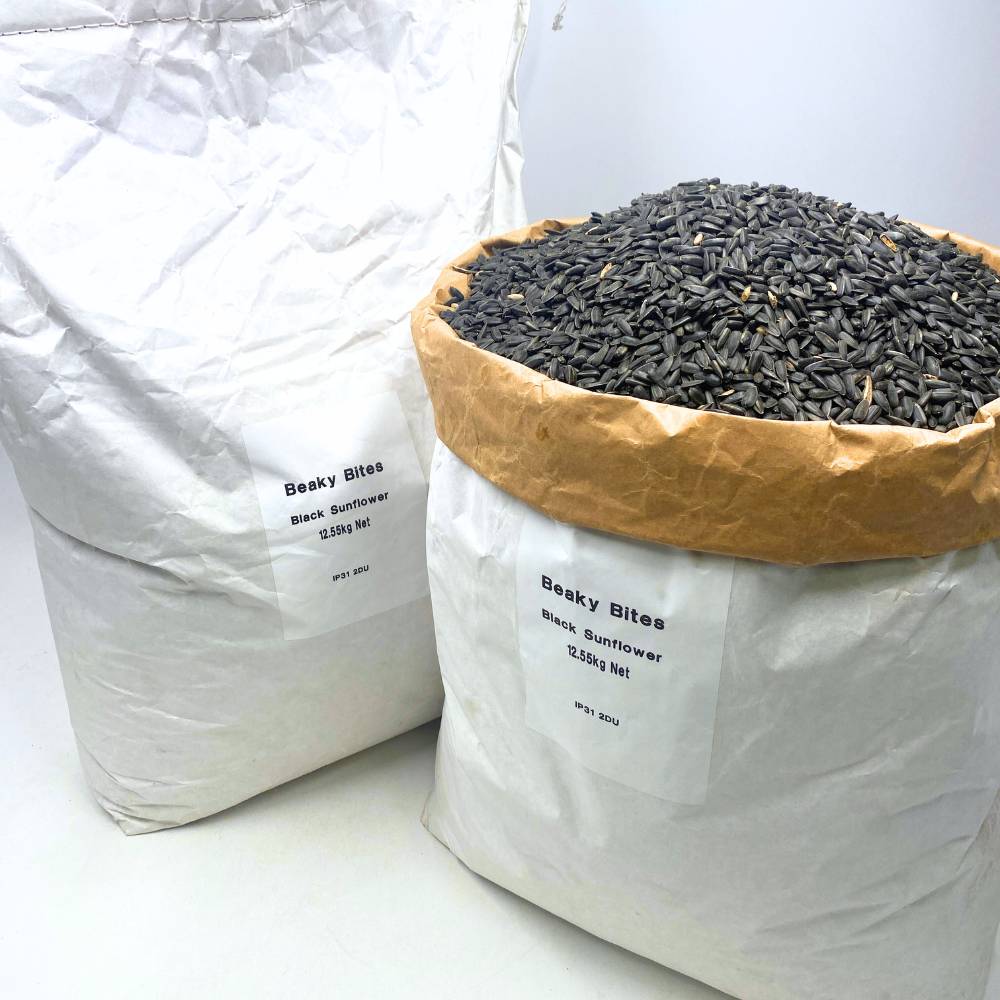Top 5 Tips for Bird Feeding: Where to begin when feeding the birds
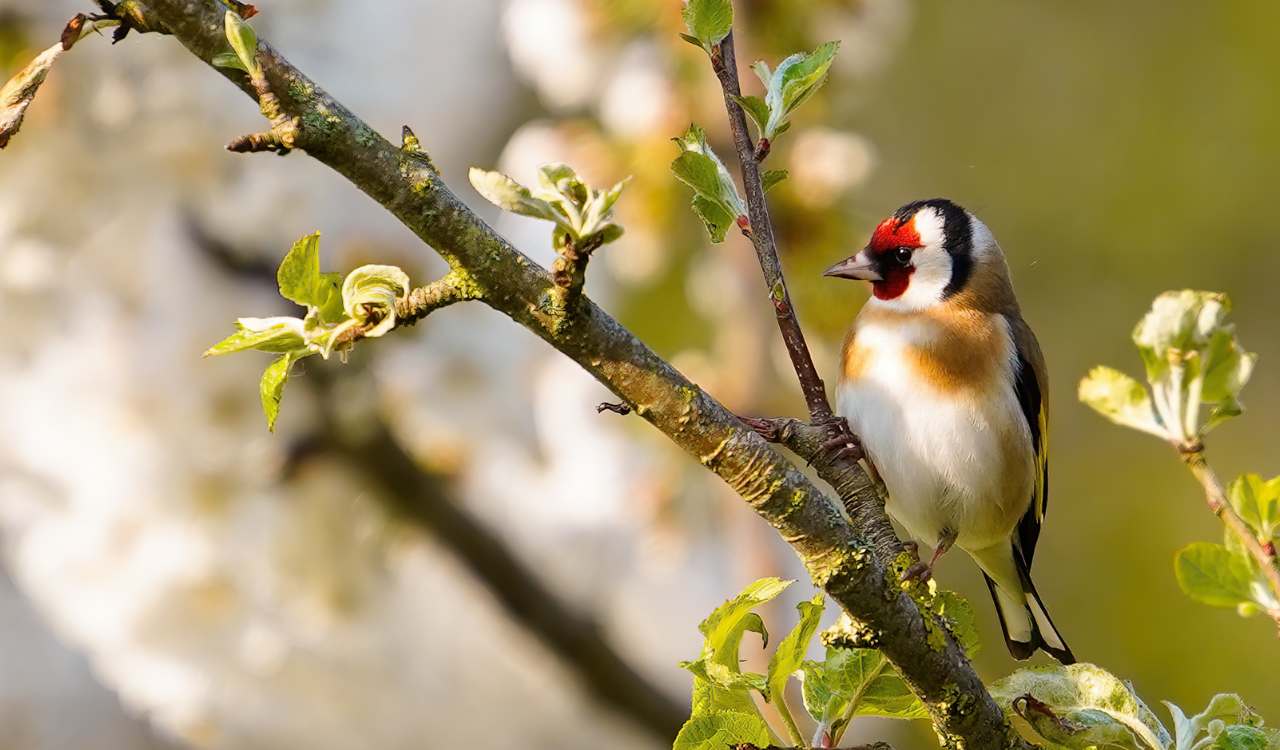
Top 5 Things to Consider When Feeding Your Garden Birds
Feeding our feathered friends in the garden goes beyond just scattering some seeds—it’s about creating a place they can thrive. In this blog, we're diving into the Top 5 Things to Consider When Feeding Your Garden Birds.
We'll explore everything from finding the perfect spot for your feeders to choosing the best foods and keeping their water fresh. Plus, we'll cover how to keep them safe from pesky predators. These tips will help turn your garden into a bird friendly paradise where our winged neighbours can eat, drink, and flourish.
What We'll Cover
- Location: Where are the best places to set up bird feeders in your garden to ensure safety, visibility, and accessibility for a variety of bird species.
- Quality Feed: Learn about the importance of providing high quality, nutritious food options that cater to the specific needs of different birds.
- Water: Fresh water is crucial in bird care, especially during hot weather, for hydration, cleaning and socialising.
- Protection: Protect bird feeders from predators and pests, ensuring that your feathered friends can feed safely and comfortably.
- Cleaning: Regular cleaning of feeders and water sources can prevent disease and keep your garden a healthy, inviting space for birds to visit.

Positioning Your Bird Feeders for Success
Where you put your bird feeders is key to attracting and keeping birds safe. Place feeders in areas that are visible to birds but also offer some protection from predators. Ideally put feeders near shrubs, trees or other natural cover where birds can make a quick getaway if threatened. This not only makes birds feel safe while feeding but also attracts more species to your garden.
Don’t put feeders too close to windows to prevent bird collisions. If you must put a feeder near a window, use decals or netting to make the glass visible to birds. And situate feeders away from high traffic areas of your garden to reduce disturbance that will scare birds away.
And don’t forget about you. Make sure feeders are easy to get to for refilling and cleaning. Maintenance is key to keeping feeders clean and full of food so put them in easy to get to places.

Choosing the Right Bird Feed
Feeding your garden birds well is key to their health and happiness. Different birds have different needs so offering a variety of food will attract more birds. High energy foods like sunflower hearts, peanuts, suet pellets and dried mealworms are the best, especially in extreme weather when birds need extra energy.
Don’t buy cheap birdseed mixes that are full of fillers and wheat, millet or other ingredients that birds will discard. These can create waste and attract pests. Instead invest in premium birdseed blends for your area.
Freshness of bird feed is key as stale or mouldy food can be harmful to birds. Mouldy food can contain toxins that are toxic when ingested and can cause illness or even death in birds. Regularly inspect and replace bird feed to keep its nutritional value and create a safe feeding environment for our feathered friends.
In different seasons, birds have different nutritional needs. In summer birds need hydration and energy to cope with the heat, in winter high fat foods help them keep warm. High protein and calcium such as dried calciworms and sunflower hearts are great for breeding season. Adjust your offerings seasonally so birds get the nutrition they need all year round.

Water for Wild Birds
Fresh water is vital for birds, especially during hot weather when dehydration can be a serious risk. Providing a consistent source of clean water for drinking and bathing helps birds stay hydrated and maintain their plumage. Bird baths, shallow dishes, or specially designed water feeders can serve this purpose effectively.
Place water sources in shaded areas to keep the water cool and prevent it from evaporating too quickly. Regularly check the water level and clean the containers to prevent algae build up and contamination. Refresh the water daily, or more frequently in very hot weather, to ensure it remains appealing to birds.
Adding a small fountain or dripper can make the water source more attractive, as the sound and movement of water can draw birds in. This not only provides essential hydration but also encourages birds to visit and linger in your garden.
And remember birds will also need to drink and keep clean in the winter, so make sure your water is accessible year round, for the best impact.

How to Protect against Squirrels and Larger Birds
You need to protect your bird feeders from predators and pests. Squirrels and bigger birds can take over feeders, chase away the smaller birds and eat all the food. Squirrel proof feeders or baffles can deter these opportunistic feeders.
Follow the 5-7-9 rule and place feeders in areas that are hard for predators to get to, like hanging them from poles with predator guards or placing them away from structures that predators can climb. And don’t put feeders too close to dense shrubs where cats and other predators can hide.
Bushes or trees near feeders give birds a place to hide from predators. Birds feel safer while feeding and will come back to your garden more often.
Find out more about protecting your bird feeders by clicking here.
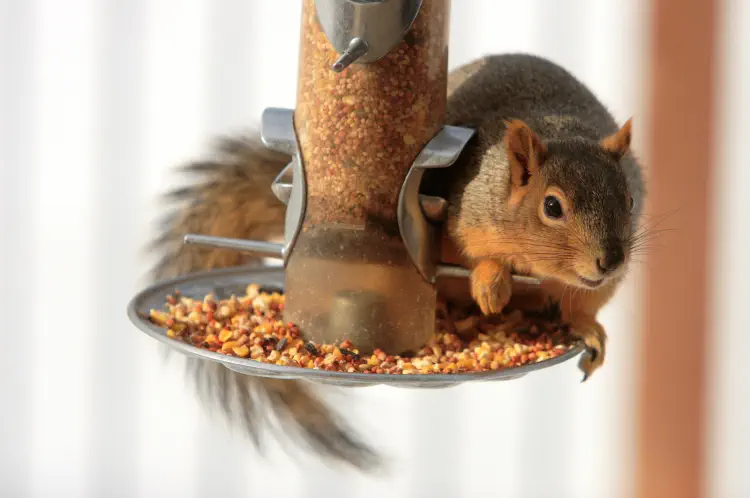
How to Maintain your Bird Feeders
Cleaning bird feeders and water sources regularly is key to preventing disease in bird populations. Dirty feeders can harbour bacteria, mould and parasites which can be harmful or deadly to birds. Try to clean feeders every 2 weeks and more often in wet weather or high traffic times.
Use a mild disinfectant to scrub feeders, rinse thoroughly to make sure no residue is left. For bird baths scrub away algae and debris and rinse before refilling with fresh water. Make sure feeders are dry before refilling to prevent mould growth.
As well as cleaning feeders remove old food and debris from the ground under feeding stations. This will help deter pests and keep your garden clean for your birds. Regular maintenance will keep your birds healthy and your garden looking nice.
For a step by step guide in cleaning your feeders, click here.
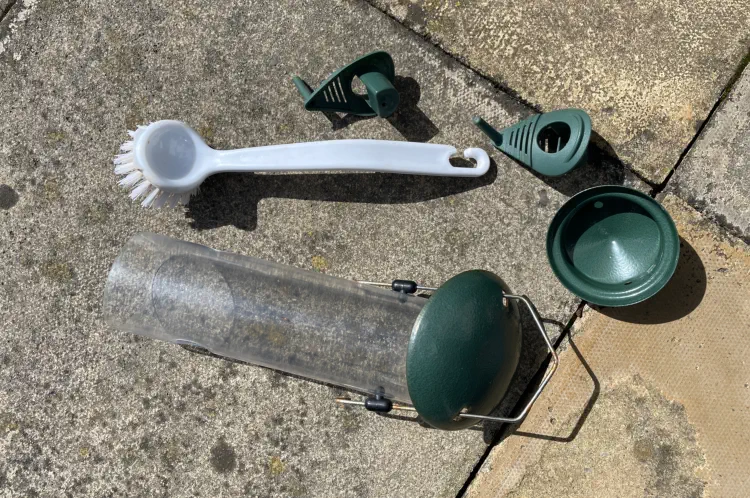
Summary
Creating a bird friendly garden is all about paying attention to the details that make birds feel safe and welcome. Think about where you place your feeders; near some natural cover is perfect so birds can easily escape predators. When it comes to food, go for high quality options like sunflower hearts, peanuts, and suet pellets to give them the nutrition they need. Don’t forget the water—a fresh, clean source is a lifesaver, especially in the heat.
Keeping everything clean is crucial too. Regularly scrubbing feeders and changing the water helps prevent disease and keeps your garden inviting. And, of course, protecting those feeders from pesky squirrels and larger birds ensures the little ones get their fair share. With these simple steps, your garden can become a sanctuary that birds will flock to, bringing joy and vibrant life to your outdoor space.
Frequently Asked Questions
How do I attract specific bird species to my garden?
- Answer: Offer the types of food they prefer, such as sunflower hearts for finches or mealworms for robins. Plant native trees and shrubs that provide natural food and habitat, and use feeders and nesting boxes designed for those particular species.
What types of plants and trees are best for providing shelter and shade for birds?
- Answer: Use trees like oaks and pines, shrubs like holly, and climbing plants like ivy for excellent shelter and shade.
How can I ensure the water in bird baths stays fresh and clean?
- Answer: Change water daily, clean with mild disinfectant weekly, and place baths in shaded areas.
What is the 5-7-9 rule for placing bird feeders?
- Answer: Place feeders 5 feet above the ground, 7 feet away from jumping-off points, and 9 feet from nearby surfaces to deter squirrels.
How do I know if my bird feeders are positioned safely away from predators?
- Answer: Ensure feeders are placed at least 10-12 feet away from dense shrubbery or structures where predators could hide. Use baffles on feeder poles and hang feeders high enough to prevent easy access by predators like cats or squirrels.


